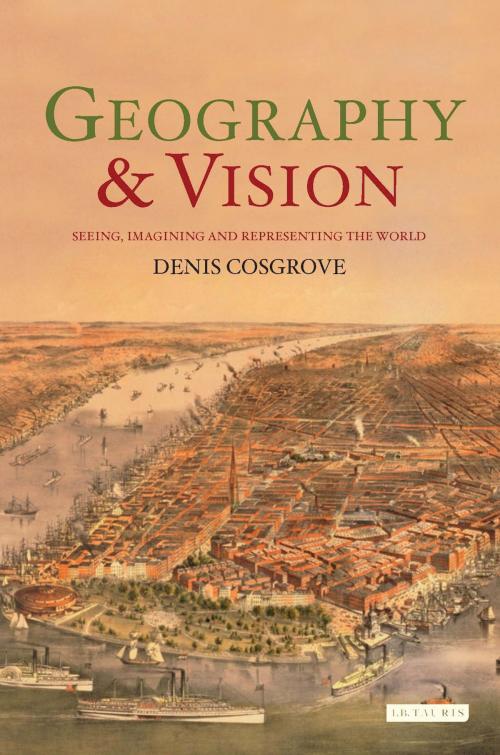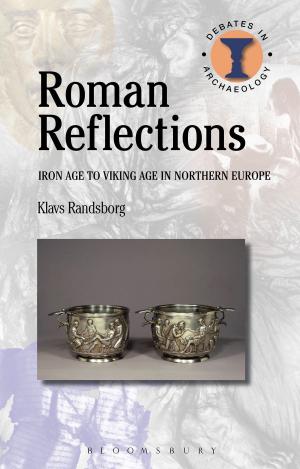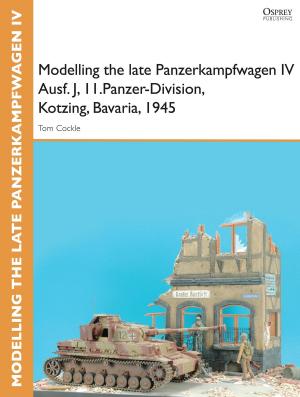Geography and Vision
Seeing, Imagining and Representing the World
Nonfiction, Science & Nature, Science, Earth Sciences, Geography, Social & Cultural Studies, Social Science, Human Geography, History| Author: | Denis Cosgrove | ISBN: | 9780857732002 |
| Publisher: | Bloomsbury Publishing | Publication: | November 25, 2012 |
| Imprint: | I.B. Tauris | Language: | English |
| Author: | Denis Cosgrove |
| ISBN: | 9780857732002 |
| Publisher: | Bloomsbury Publishing |
| Publication: | November 25, 2012 |
| Imprint: | I.B. Tauris |
| Language: | English |
Vision and visual imagery have always played a central role in geographical understanding, and geographical description has traditionally sought to present its audience with rich and compelling visual images, be they the elaborate cosmographic images of seventeenth century Europe or the computer and satellite imagery of modern geographical information science. Yet the significance of images goes well beyond the mere transcription of spatial and environmental facts and today there is a marked unease among some geographers about their discipline's association with the pictorial. The expressive authority of visual images has been subverted, shifting attention from the integrity of the image itself towards the expression of truths that lie elsewhere than the surface.
In Geography and Vision leading geographer Denis Cosgrove provides a series of personal reflections on the complex connections between seeing, imagining and representing the
world geographically. In a series of eloquent and original essays he draws upon pictorial images - including maps, sketches, cartoons, paintings, and photographs - to explore and elaborate upon the many and varied ways in which the vast and varied earth, and at times the heavens beyond, have been both imagined and represented as a place of human habitation.
Ranging historically from the sixteenth century to the present day, the essays include reflections upon geographical discovery and Renaissance landscape; urban cartography and utopian visions; ideas of landscape and the shaping of America; wilderness and masculinity; conceptions of the Pacific; and the imaginative grip of the Equator. Extensively illustrated, this engaging work reveals the richness and complexity of the geographical imagination as expressed over the past five centuries. It will appeal to all scholars with an interest in geography, history, art, landscape, culture and environment.
Vision and visual imagery have always played a central role in geographical understanding, and geographical description has traditionally sought to present its audience with rich and compelling visual images, be they the elaborate cosmographic images of seventeenth century Europe or the computer and satellite imagery of modern geographical information science. Yet the significance of images goes well beyond the mere transcription of spatial and environmental facts and today there is a marked unease among some geographers about their discipline's association with the pictorial. The expressive authority of visual images has been subverted, shifting attention from the integrity of the image itself towards the expression of truths that lie elsewhere than the surface.
In Geography and Vision leading geographer Denis Cosgrove provides a series of personal reflections on the complex connections between seeing, imagining and representing the
world geographically. In a series of eloquent and original essays he draws upon pictorial images - including maps, sketches, cartoons, paintings, and photographs - to explore and elaborate upon the many and varied ways in which the vast and varied earth, and at times the heavens beyond, have been both imagined and represented as a place of human habitation.
Ranging historically from the sixteenth century to the present day, the essays include reflections upon geographical discovery and Renaissance landscape; urban cartography and utopian visions; ideas of landscape and the shaping of America; wilderness and masculinity; conceptions of the Pacific; and the imaginative grip of the Equator. Extensively illustrated, this engaging work reveals the richness and complexity of the geographical imagination as expressed over the past five centuries. It will appeal to all scholars with an interest in geography, history, art, landscape, culture and environment.















